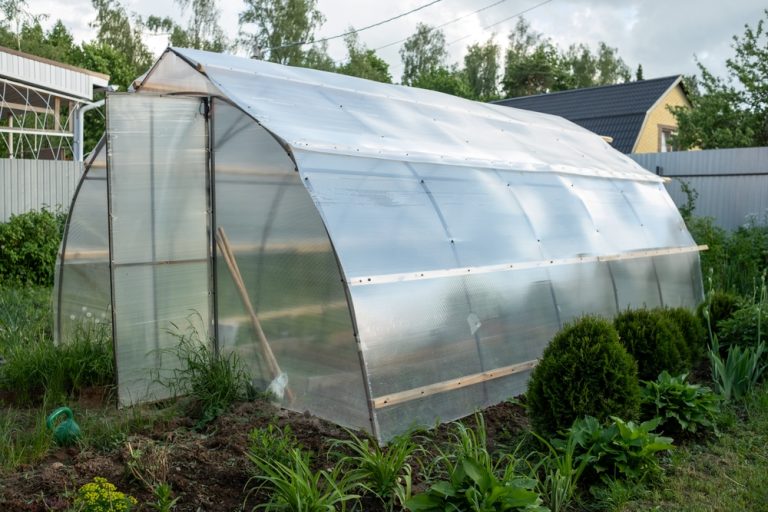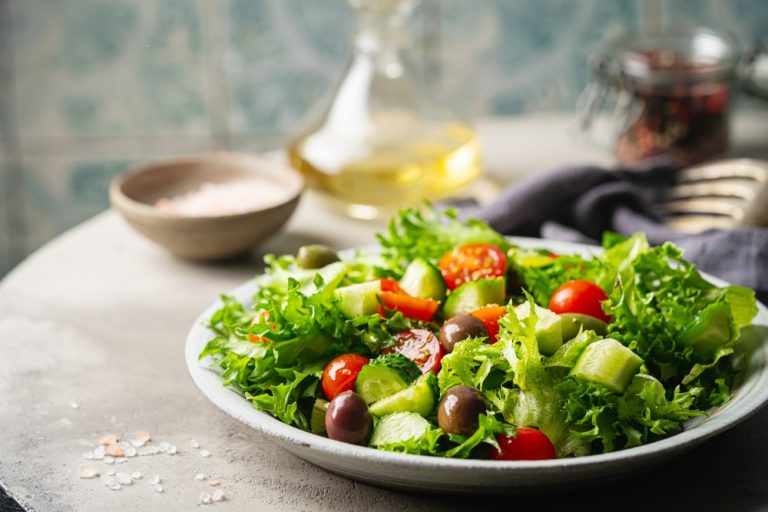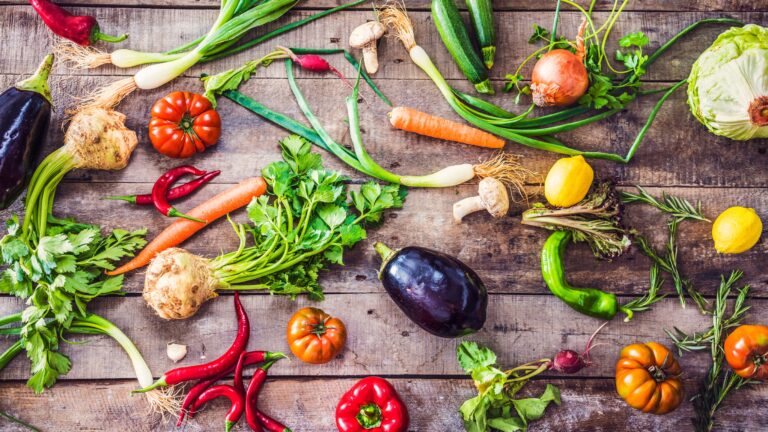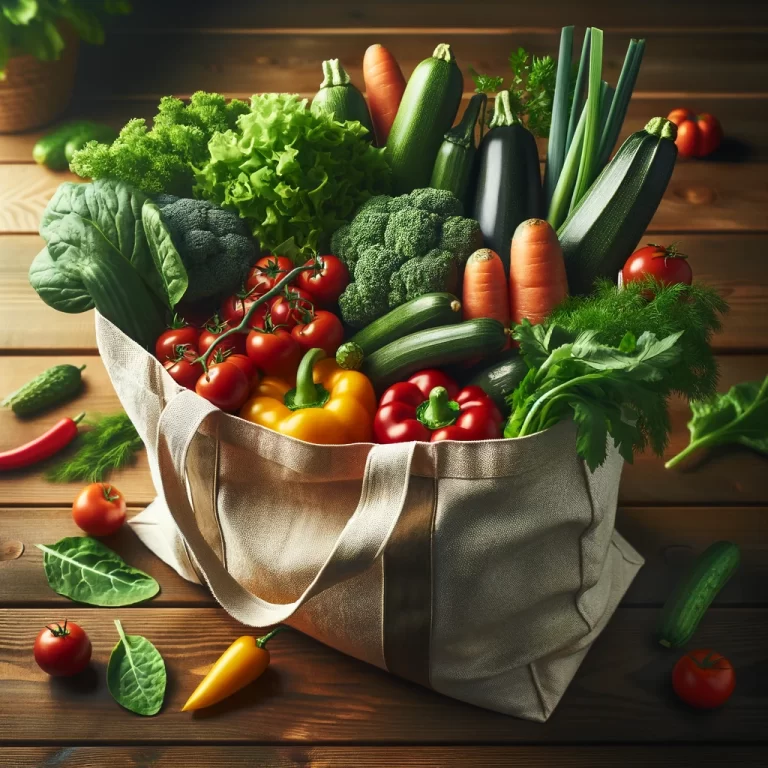The air is crisp, the leaves are falling, and your summer garden is officially on its farewell tour. But if you think the growing season ends when the pumpkin spice hits the shelves, think again. Fall gardening—especially inside a greenhouse—is like discovering a hidden cheat code for year-round harvests. With a few clever DIY hacks,…
growing vegetables
6 Fast-Growing Greens for a Quick Fall Salad
You know that magical time in fall when the air turns crisp, but your garden still has a little fight left in it? That’s your cue to plant greens—fast-growing, flavor-packed, and absolutely perfect for those last-minute salad cravings. Forget waiting months for something edible. These leafy superstars sprout, grow, and fill your salad bowl in…
How Frost Can Sweeten Certain Vegetables Overnight
You wake up to a sparkling frost coating your garden, a glittering sign that winter has finally shown up for work. The grass crunches, the air bites, and your poor veggies look like they’ve been through an icy apocalypse. But here’s the twist—some of those cold-bitten plants are actually sweeter because of the frost. It’s…
14 Nutrient-Dense Vegetables to Grow in Your Garden
Growing your own vegetables can be a rewarding endeavor, both for your health and the environment. With an increasing interest in self-sustainability and organic gardening, choosing the right types of plants for your garden is essential. Nutrient-dense vegetables, which are packed with vitamins, minerals, and antioxidants, offer significant health benefits. Here, we explore 14 nutrient-dense…
Financial Freedom Through Foliage: 8 Plants That Can Slash Your Grocery Bills
In the quest for financial freedom, many overlook the power that lies in their own backyards—or even on their windowsills. As grocery bills continue to climb, partly due to global supply chain issues and inflation, savvy individuals are turning to home gardening, not just as a hobby but as a strategic move towards greater economic…




